Faced with the strong rise of older-generation chip manufacturers from China, companies in Taiwan are forced to adjust their strategies amid increasingly fierce competition.
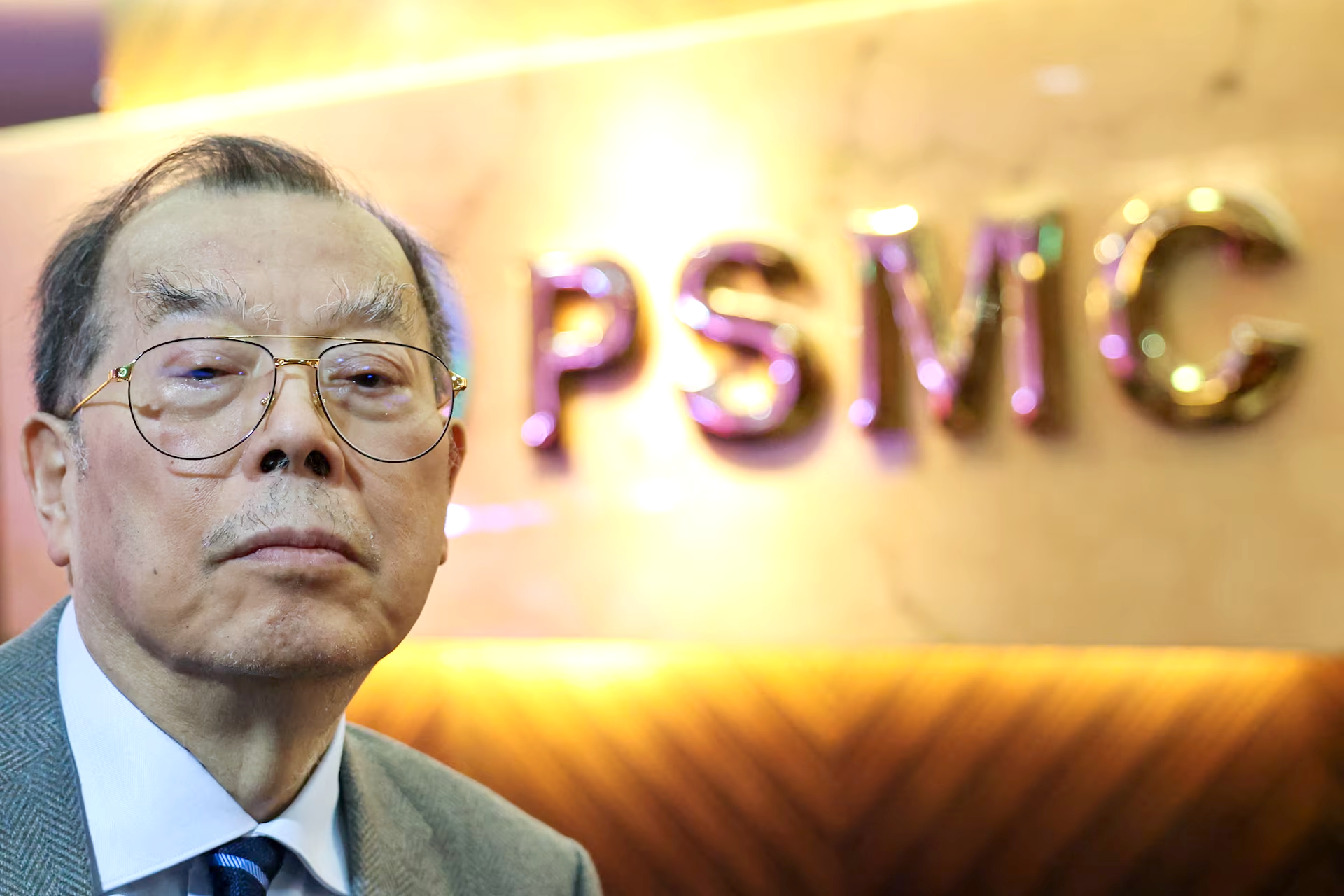
Mr. Frank Huang, chairman of Taiwanese chip manufacturer PSMC - Photo: REUTERS
In 2015, Powerchip Technology Company (Taiwan, China) signed a cooperation agreement with Hefei City (China) to open a communications chip factory, hoping to better access the mainland market.
The Worrying Rise
Nine years later, Powerchip was forced to withdraw from its mainland business due to the localization trend, while Nexchip Factory - once part of Powerchip - became the company's biggest competitor.
According to Reuters, not only Nexchip, many other old-generation Chinese chip manufacturers such as Hua Hong and SMIC are also rapidly expanding their market share. "Mature node" chips - manufactured using older technology from 28nm and above - have become a fiercely competitive field, forcing Taiwanese companies to seek new directions.
The newly emerged companies have expanded production dramatically, doubling the output of old chips while cutting prices to improve competitiveness.
The trend is fueled by US sanctions aimed at limiting access to Chinese technology, coupled with strong financial support from the Beijing government.
According to TrendForce (Taiwan), in 2024, Chinese manufacturers will hold 34% of the market share of "mature node" chips compared to 43% for Taiwan. However, by 2027, China is expected to surpass Taiwan in this field.
Data from the Semiconductor Manufacturing International (SEMI) shows that from 2023 to 2025, 97 new chip factories will be built, of which 57 are located in China.
Although Taiwanese manufacturers still have advantages in process stability and higher productivity rates, according to a chip industry executive in Taiwan, since 2023 Chinese companies have been more aggressive in making offers and winning contracts.
Some industry experts believe that the Chinese government is pursuing a long-term investment strategy in the semiconductor industry, providing attractive subsidies to attract talent and develop domestic chip manufacturing technology. This not only helps Chinese manufacturers reduce costs but also puts great pressure on competitors in Taiwan.
In addition, China's aggressive price-cutting strategy is making the low-cost chip market more competitive. Many global customers are starting to switch to Chinese products instead of Taiwanese ones, eroding the traditional advantage of Taiwanese manufacturers in the old chip industry.
Change to survive
Faced with competitive pressure, older chipmakers in Taiwan are being forced to retreat or switch to more advanced processes. Taiwanese companies are likely to specialize more and diversify their product portfolios, despite remaining under pressure from Chinese rivals, said Galen Zeng, senior research director at IDC.
Frank Huang, president of Powerchip Semiconductor Manufacturing Corporation (PSMC, formerly Powerchip Technology), said the company is reducing production of older-generation chips to focus on 3D stacking technology. This is a technique that integrates processing chips with DRAM memory to improve performance and save energy.
“We have to transform, otherwise China’s price cuts will make it even more difficult for us,” Mr. Huang stressed. UMC also acknowledged that the need to expand globally poses a “serious challenge.” It is now partnering with Intel to develop more advanced chips to diversify its manufacturing operations.
In addition, the US-China trade tensions may ease some of the fierce competition. Global companies are looking to source chips outside of China to secure their supply chains, creating new opportunities for Taiwanese manufacturers.
Some experts believe that Taiwan can still maintain its competitive edge by focusing on advanced technology, improving product quality, and cooperating with large corporations to develop higher-value chip lines. Strengthening research and development (R&D) is also considered one of the important solutions to maintain its position in the international market.
Powerchip director Huang said they have received some orders that were originally intended for Chinese manufacturers but are now shifting to Taiwan. He predicted this trend will accelerate in the coming time.
Asia - the global chip manufacturing hub
The region produces more than 80% of the world's semiconductors, according to the Asian Development Bank. Taiwan Semiconductor Manufacturing Co. (TSMC) is the world's largest chipmaker, supplying chips to Nvidia, Apple and many other major corporations.
By 2024, 70% of TSMC's revenue will come from customers in North America. Besides TSMC, Samsung Electronics and SK Hynix (South Korea) account for about 75% of the global DRAM market share.
 Taiwan Wary of DeepSeek App
Taiwan Wary of DeepSeek AppSource: https://tuoitre.vn/tuong-lai-moi-cua-nganh-san-xuat-chip-cu-o-dai-loan-20250212064729908.htm




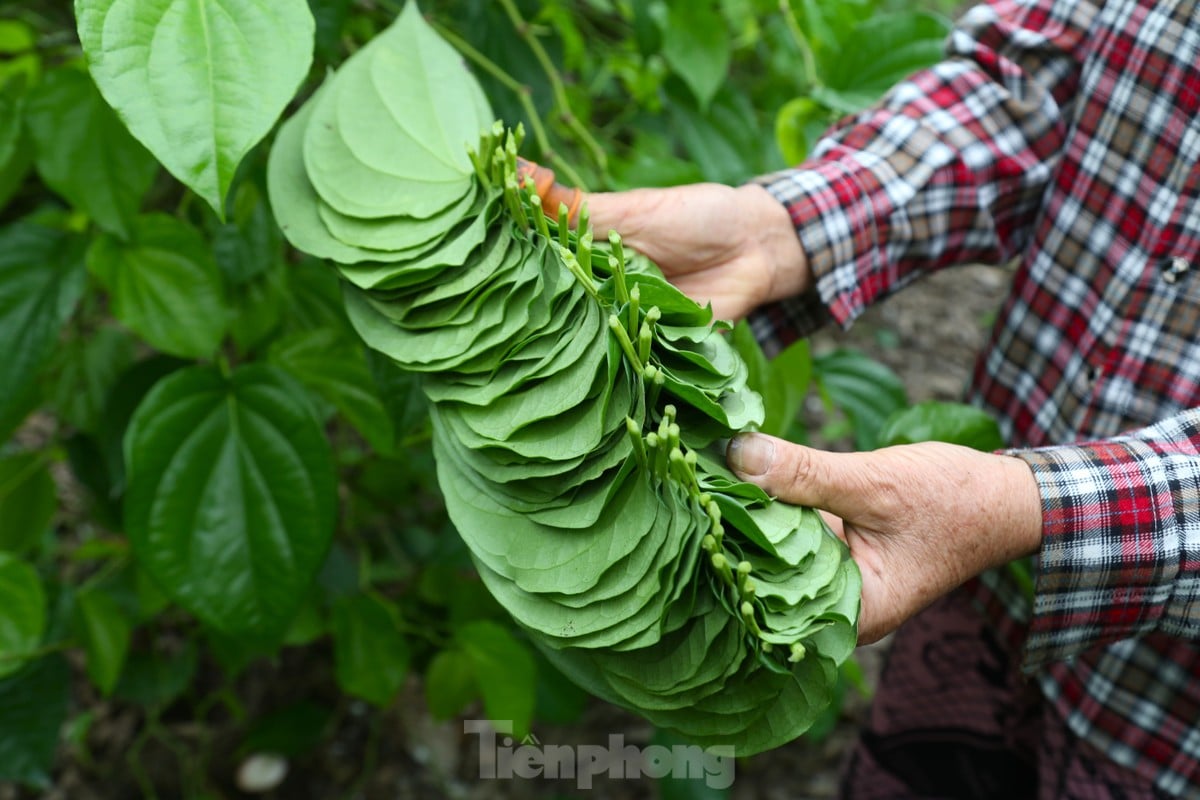





























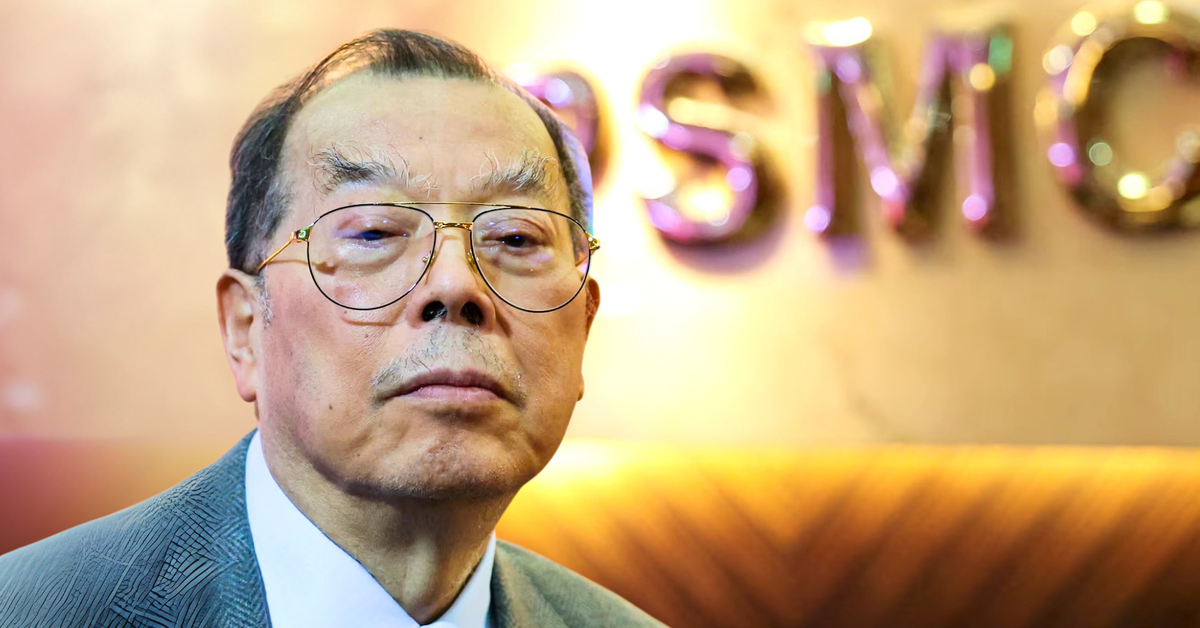

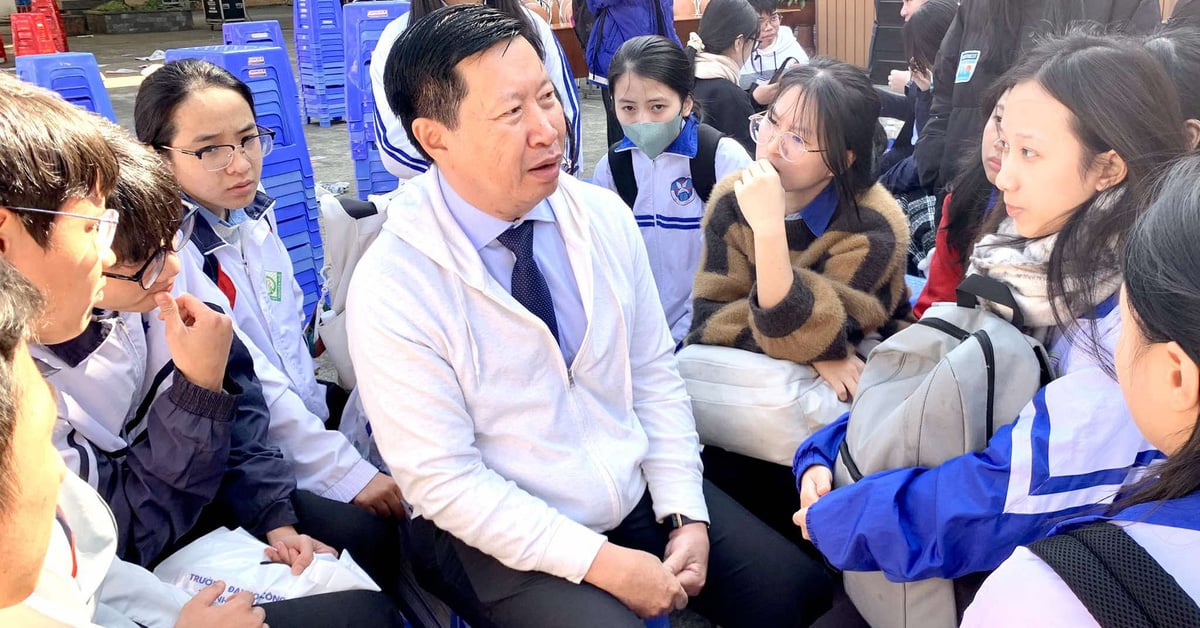
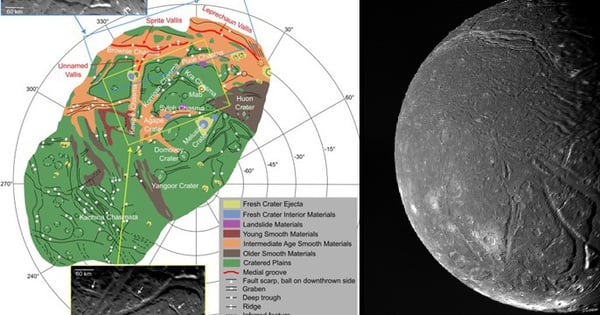



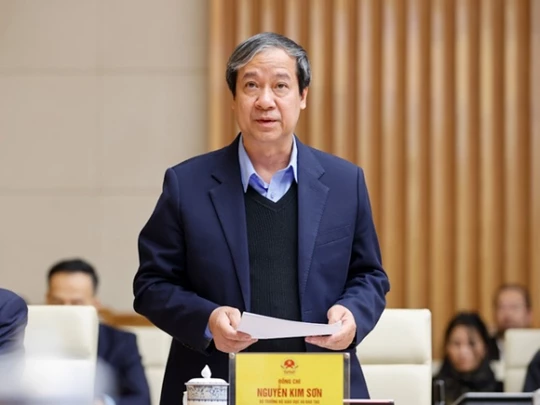







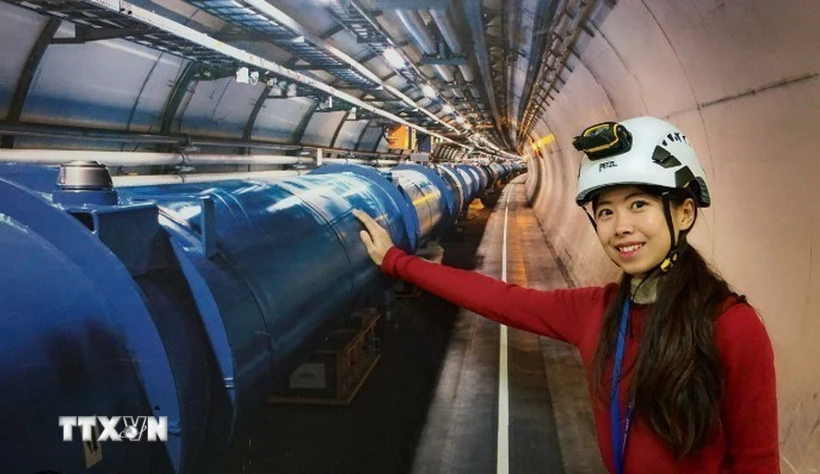




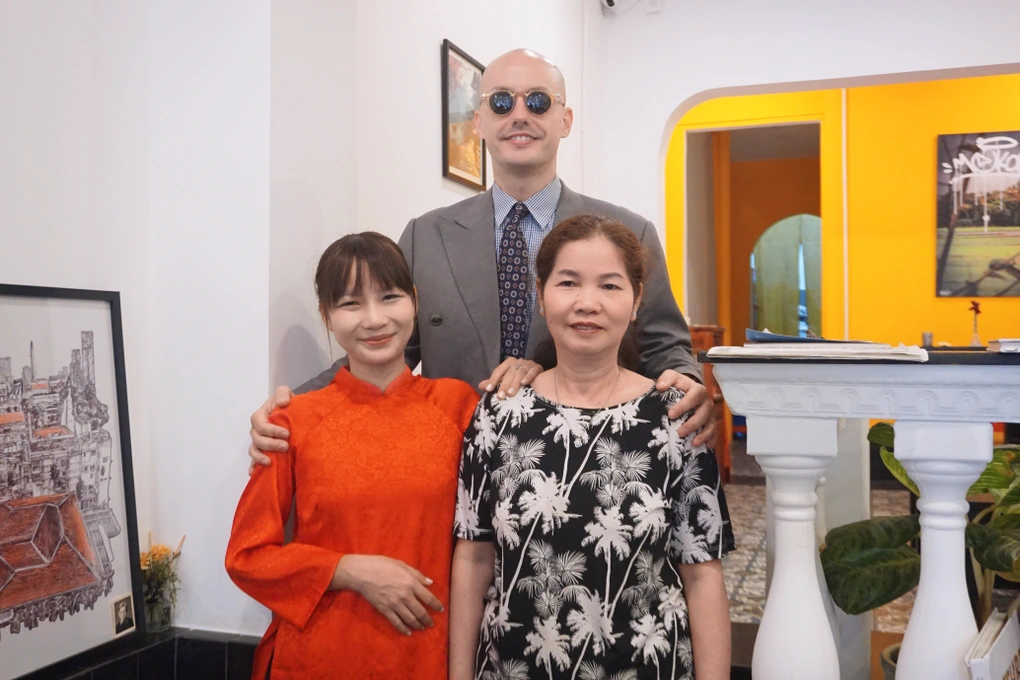







Comment (0)